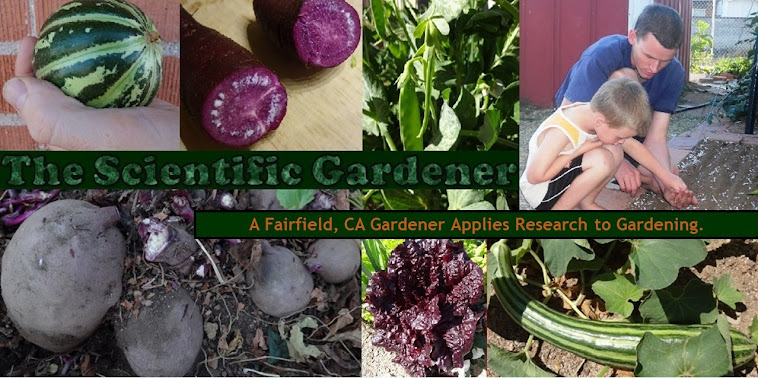Of all the varieties that I enjoyed growing out in 2018, the Splotched Carosello Leccese was my favorite. This is a completely unknown variety that I just named, but it definitely looks like a mixed-up variety that I can continue to work to isolate until I get a stable seed line. I started somewhere around July 11th and ended around September 8th.
The three things about this variety that seem the most promising are the fruit texture, the lightly colored furrows, and the splotching. It seems peculiar that the one carosello that I grow that is unknown looks just like many of the seed packets that are sold online. However, I would definitely bet that if you grew most of those seed, you would harvest fruit that look nothing remotely close to the color of this.The texture of this fruit remained quite juicy the whole time it grew.
Unfortunately, due to poor soil and overwatering, I was not able to grow more than one fruit from the to be able to taste it. However, it does look like a very likely candidate for growing out in my greenhouse (to isolate it) before doing a full growout in 2020 or beyond.
 |
| The Unknown Splotched Leccese, September 8th, 2018. |
| The plant was grown on the back left |
 |
| August 8th |
 |
| August 11th |
The three things about this variety that seem the most promising are the fruit texture, the lightly colored furrows, and the splotching. It seems peculiar that the one carosello that I grow that is unknown looks just like many of the seed packets that are sold online. However, I would definitely bet that if you grew most of those seed, you would harvest fruit that look nothing remotely close to the color of this.The texture of this fruit remained quite juicy the whole time it grew.
 |
| August 14th |
 |
| August 23rd |
 |
| August 30th |
Unfortunately, due to poor soil and overwatering, I was not able to grow more than one fruit from the to be able to taste it. However, it does look like a very likely candidate for growing out in my greenhouse (to isolate it) before doing a full growout in 2020 or beyond.
































